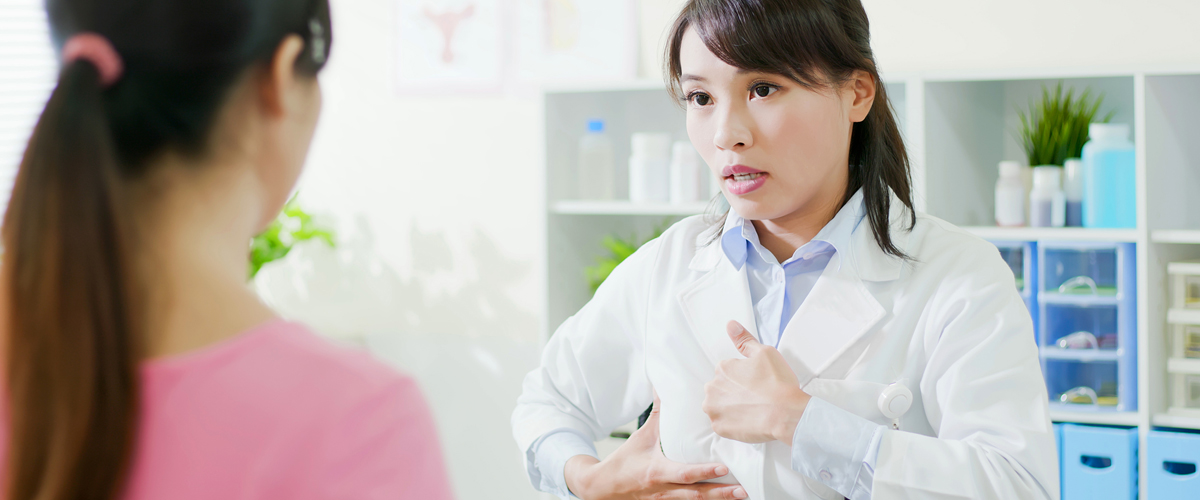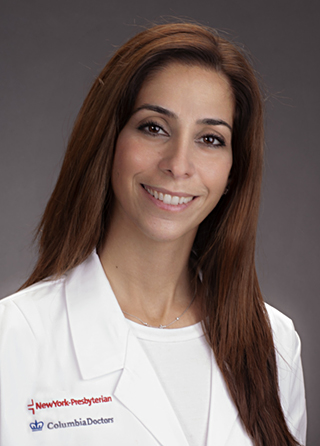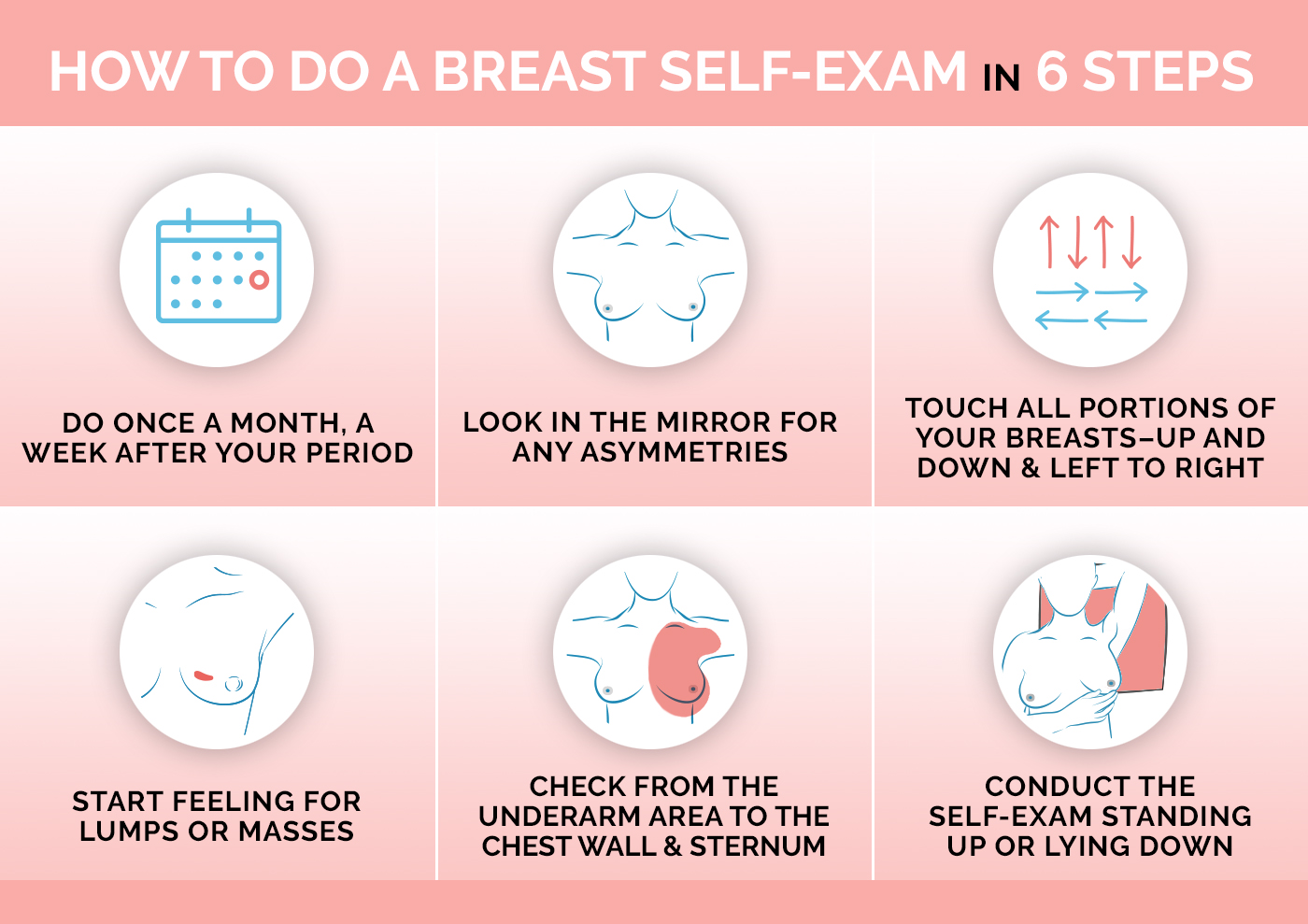What Is Breast Self-Awareness and Why Is It Important?
A NewYork-Presbyterian breast surgical oncologist shares how to take control of your breast health.

Breast cancer is the most common cancer in American women, except for skin cancers, according to the American Cancer Society. One in eight women will develop breast cancer in their lifetime.
That’s why it’s so important to know your breasts from a young age, says Dr. Stacy Ugras, a breast surgical oncologist at NewYork-Presbyterian Medical Group Hudson Valley. “Breast self-awareness is an important part of early detection for breast cancer,” Dr. Ugras says.

Dr. Stacy Ugras
This Breast Cancer Awareness Month, Dr. Ugras shares with Health Matters simple steps you can take to increase breast self-awareness, including how to perform breast self-exams.
What is breast self-awareness?
Everyone should practice breast self-awareness. The simplest way to do that is by looking at your breasts in the mirror with arms both up and down, making sure they’re symmetric and that there are no inconsistencies between the two. If there is evidence of skin dimpling or redness, discharge or scaling of the nipples, tell your doctor. Symptoms like these present physically on the skin’s surface and you can easily monitor them on your own.
When should breast self-awareness start?
Practicing breast self-awareness should begin when breasts develop. Pediatric patients who have breasts should be aware of them and the rest of their bodies. Examining themselves at home and knowing what to look for is a good habit to establish early on, with the help of a parent or caretaker.
Once breasts develop, get a clinical breast exam by a physician annually. Yearly mammograms should begin at approximately age 40, according to the American Cancer Society. Doctors may advise beginning mammograms earlier than that if there is a family history or other risk factors.
How do you perform a self-exam?
“There’s no right or wrong way to conduct a self-exam,” says Dr. Ugras, who is also an assistant professor of surgery at Columbia University Vagelos College of Physicians and Surgeons. “Many times, patients become overwhelmed and believe they are doing it incorrectly, but I always encourage them to focus on the big picture.”

Here is what to keep in mind:
- Do a self-exam once a month, about a week after your period. Over time, you’ll get to know the normal texture of your breasts and notice anything abnormal.
- Start with visualization and look in the mirror, with arms up and down, to see if there are any asymmetries between the two breasts.
- Next, use the opposite hand of the breast you are examining to conduct a sweeping motion and touch all portions of your breasts, going up and down and left to right.
- Then, start feeling for lumps or masses. Those that are firm like a rock or stuck to the chest wall are more concerning, and you should reach out to your doctor right away. If you feel a mass that persists for more than one cycle, tell your physician.
- Breasts take up the space between the neck bone and upper abdomen, from the underarm area, to the chest wall and sternum, so be sure to cover those regions, including your nipple and the area around it.
- You can conduct a self-exam either standing up or lying down, whichever is more comfortable.
Dr. Ugras also encourages a healthy lifestyle. Maintaining a healthy weight and diet, exercising for 30 minutes three times per week, limiting alcoholic beverages to five or less per week and not smoking can help reduce breast cancer risk.
Ultimately, if you do find something concerning while practicing breast self-awareness, try not to panic. It could be benign, and if not, while a breast cancer diagnosis is always difficult, Dr. Ugras encourages patients to remember that the earlier cancer is detected, the greater the chance of a better outcome. Even those diagnosed with more advanced cancer have a greater chance of survival thanks to medical advances.
“We are having some really good outcomes, even with disease that initially seems very aggressive,” she says. “If a lump is detected during a self-exam, be sure to seek care because there’s always something we can do to treat it.’’
Additional Resources
- Learn more about breast health at NewYork-Presbyterian Hudson Valley Hospital.
- Find additional breast cancer care resources at NewYork-Presbyterian.
